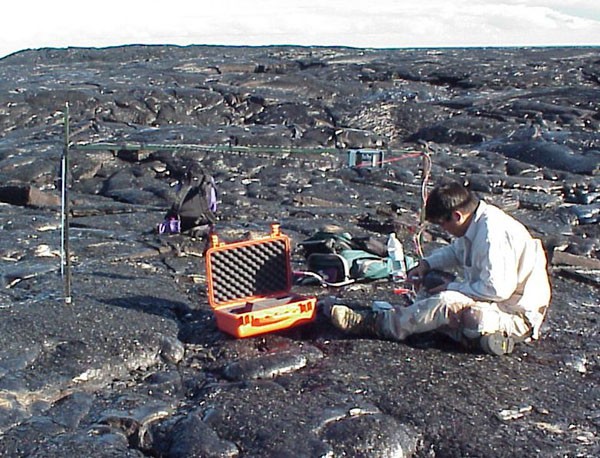

Mars is fundamentally a volcanic planet. Geologic mapping of Mars shows that about half the surface seems to be covered with volcanic materials that have been modified to some extent by other processes (such as meteorite impacts, blowing wind, and floods of water). Mars has the largest volcanoes in the entire Solar System. The great volumes of erupted lava have had a profound impact on the entire planet, extracting heat and selected chemicals from within, adding large amounts of acidic gas to the atmosphere, and providing heat to melt frozen water in the crust. Mars cannot be understood without studying its volcanoes.
HiRISE will provide the ideal tool to study some of the most puzzling aspects of Mars volcanism. One example is “what were the eruptions that formed the giant lava flows like”? Did the lava ooze quietly out of the ground or did it come blasting up in massive explosions? Detailed pictures of the vents are essential for answering these questions. We expect that many of the flows were fed by tall “curtains of lava” playing over long fissures in the ground. Thus we expect to find rows of cones along cracks in the ground, like are seen in Iceland. The pictures from other cameras have been too fuzzy to find these kinds of features on Mars. Another high priority will be to image places where both lava and water have come gushing out of the ground. These are places where microbes that might live in the deep, warm, wet parts of the crust could have been brought to the surface. Finding scientifically interesting spots that are safe to land future rovers is one of the primary goals for the MRO mission.


Laszlo Keszthelyi